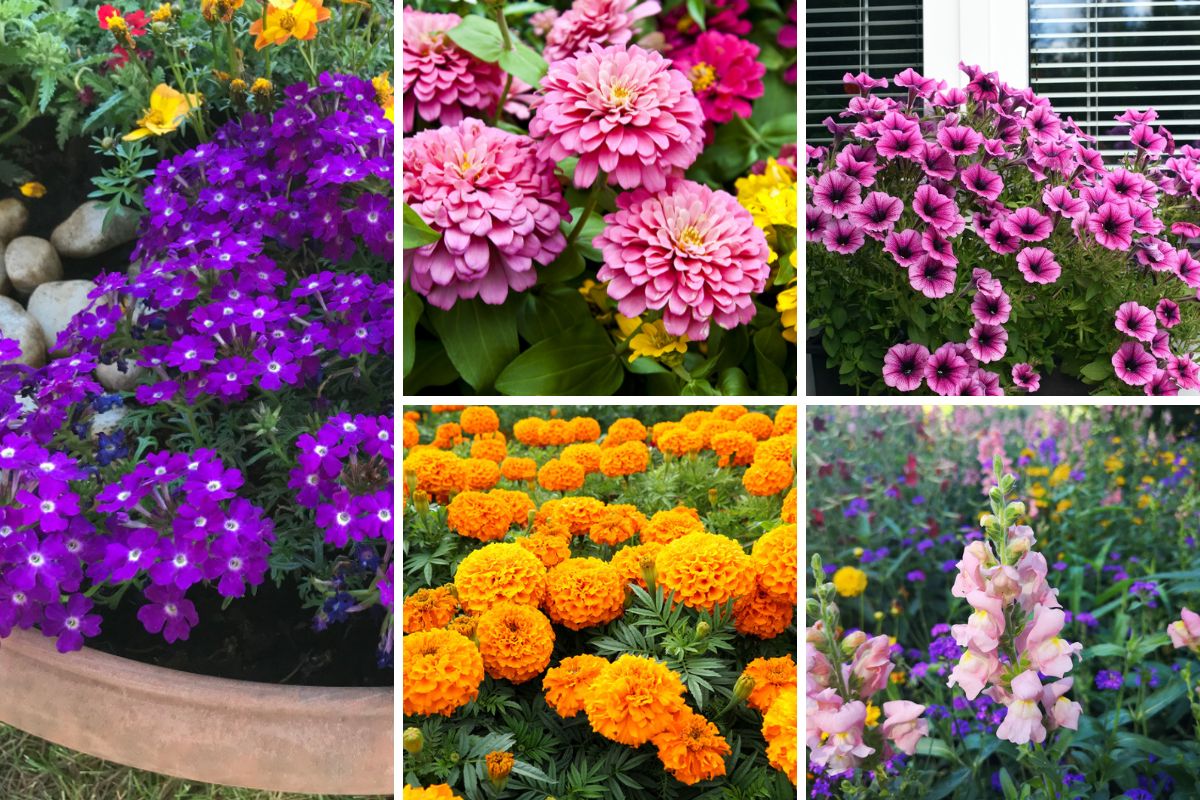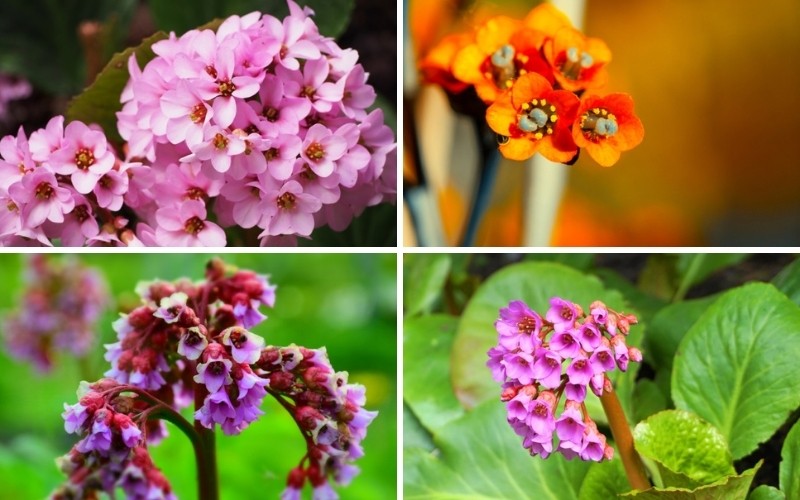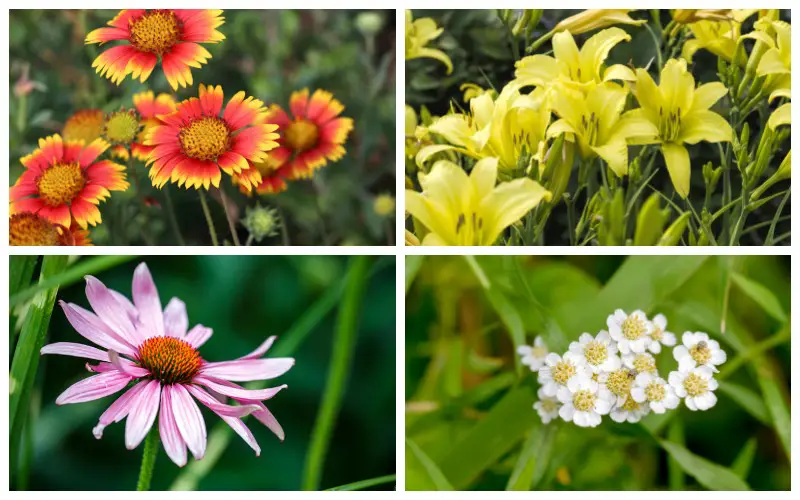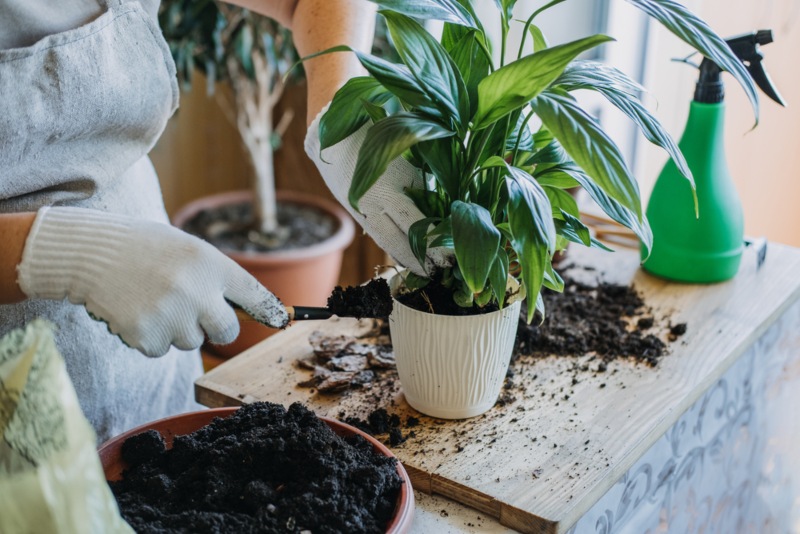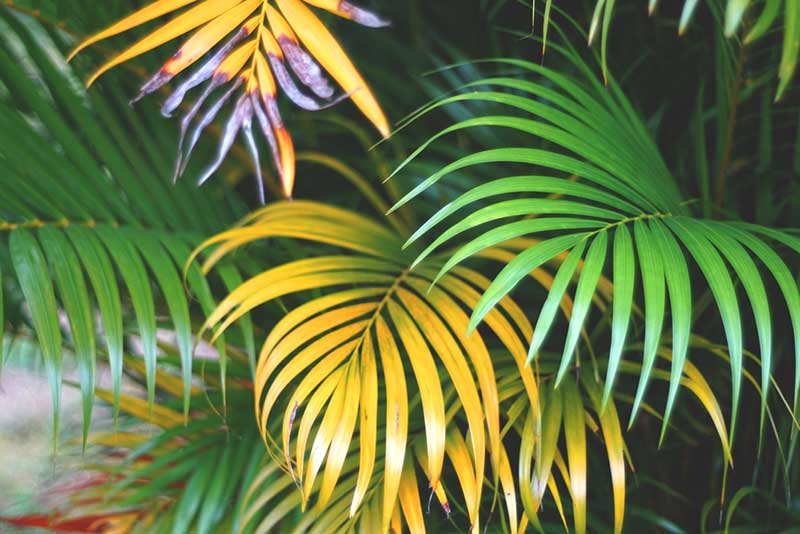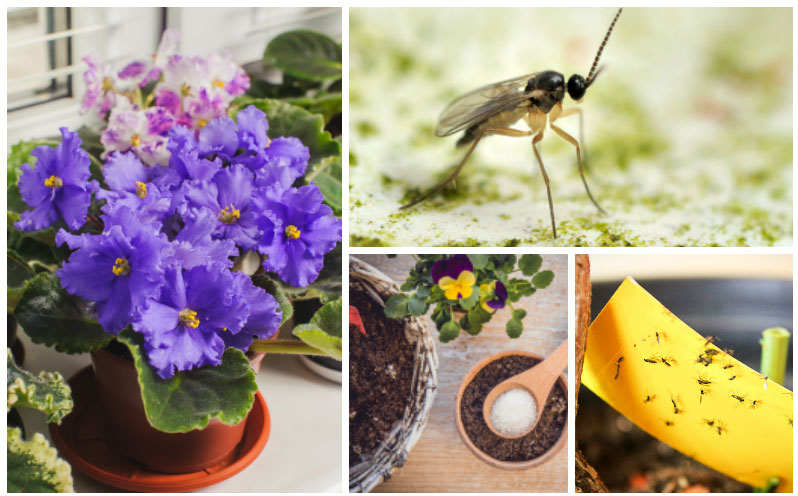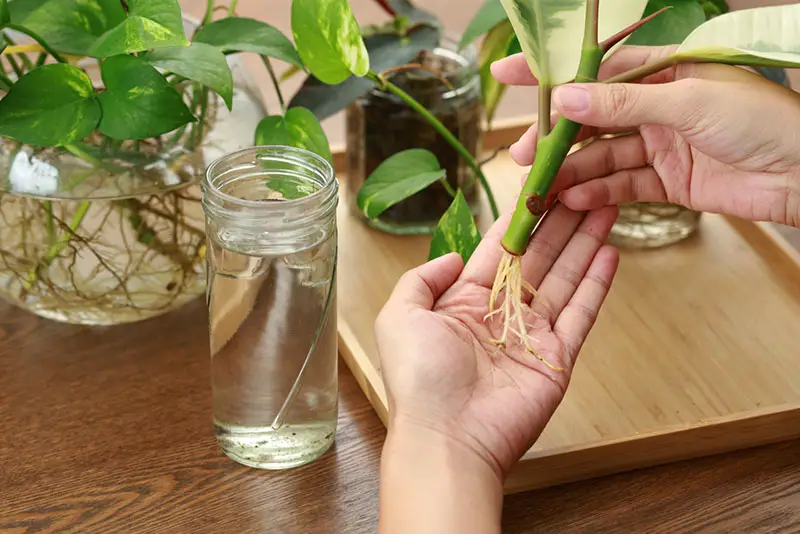
Propagating plants in water is an excellent way to expand your garden or to give them as gifts. Many house and outdoor plants make for great propagation candidates since the cuttings don’t rot before forming roots.
We’ll introduce you to some of the best plants to propagate in water.
In all cases, you should remove the lower leaves and flowers of your cutting before beginning the propagation process. Once you see roots form, immediately transfer your new plant into the soil.
Impatiens (Impatiens walleriana)
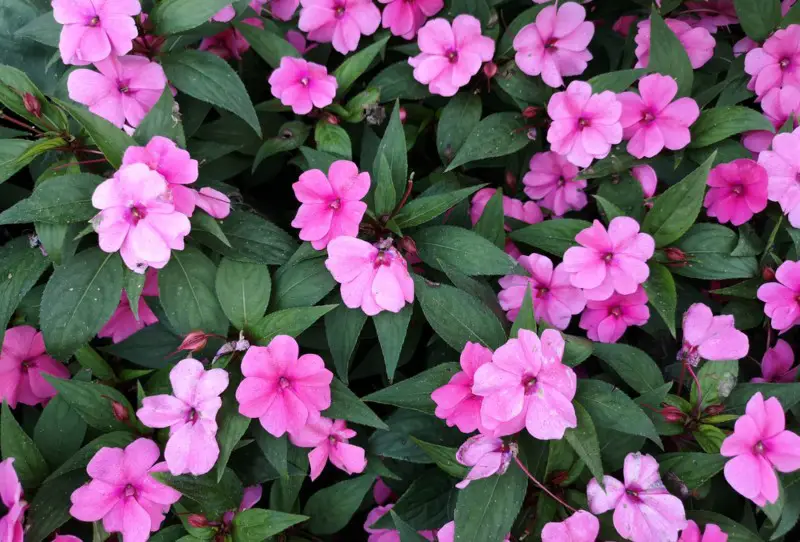
Impatiens are a shade-loving annual plant that blooms in the late spring and summer. Its round, open flowers come in many colors, including violet and coral. Often, the flowers have streaks of white. They have large, dark green triangular-shaped flowers and grow up to 36 inches tall.
Impatiens require nutrient-rich soil and full or partial shade. In addition, you need to ensure they receive a minimum of two inches of water per week and double that if the temperature is above 80 degrees Fahrenheit. They grow in USDA zones of 2 – 11.
African Violet (Saintpaulia ionantha)
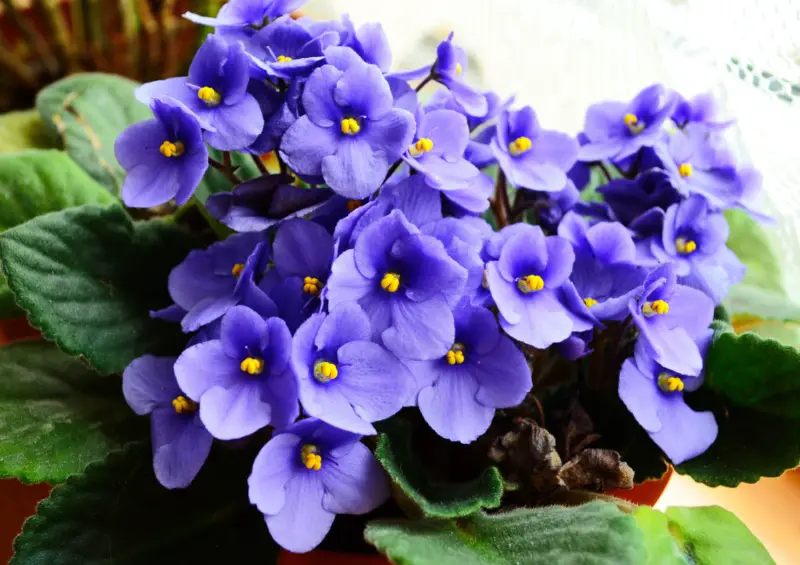
The beautiful violet-colored African violet reaches six inches in height and has hairy, broad leaves. Its leaves range from light to dark green and splay out beneath the dense group of flowers that sit above them.
African violets need a moderate amount of sunlight, but not necessarily direct sunlight. The darker green their leaves, the more sun they need. They need frequent water so that their soil remains moist but not soggy. African violets grow in USDA zones of 11 – 12.
Fiddle Leaf Fig (Ficus lyrata)
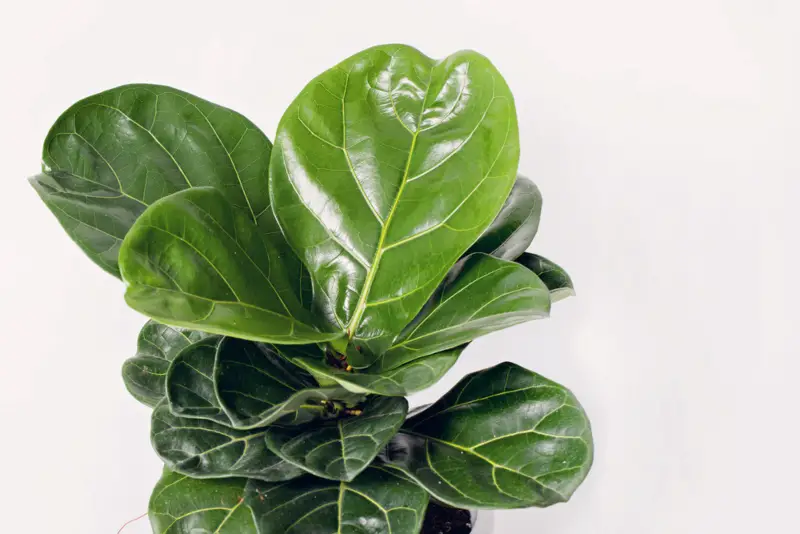
Fiddle leaf figs are a West African tree that can grow up to nearly 50 feet tall, but many people prune them and keep them indoors. They have large, glossy leaves with protruding veins and a wavy texture. Most propagated fiddle leaf figs won’t flower or fruit inside.
You should place your fiddle leaf fig in an area where it’ll get plenty of sunlight. It needs frequent watering and well-draining soil to avoid root rot. Fiddle leaf figs prefer warm temperatures but can tolerate weather in the 50s. They grow in USDA zones of 9 – 11.
Purple Heart (Tradescantia pallida)
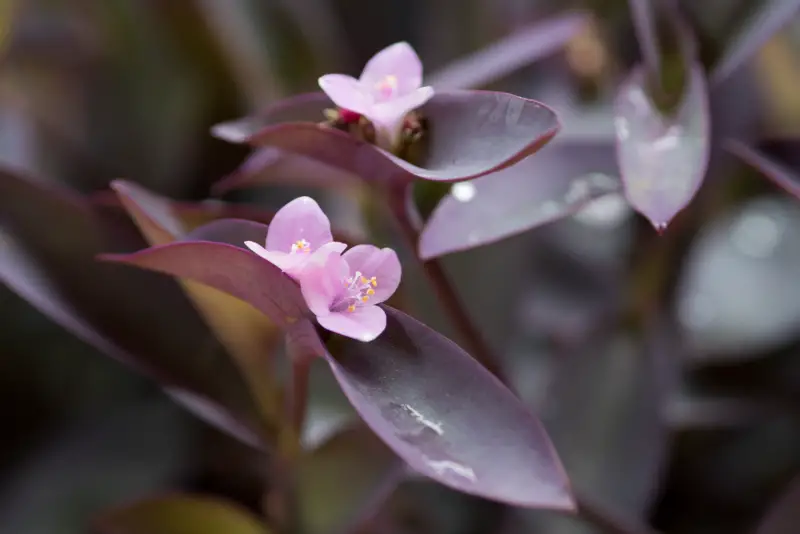
The evergreen purple heart has deep purple triangular-shaped leaves. During the spring and summer, pinkish-white flowers with three petals grow. It’s a plant that produces leaves quickly, making it great ground cover foliage.
Purple hearts require lightweight soil that drains quickly. They need frequent watering, as they like moist soil. You should plant them in an area where they’ll receive full sun. Purple hearts grow in USDA zones of 7 – 10.
Pothos (Epipremnum aureum)
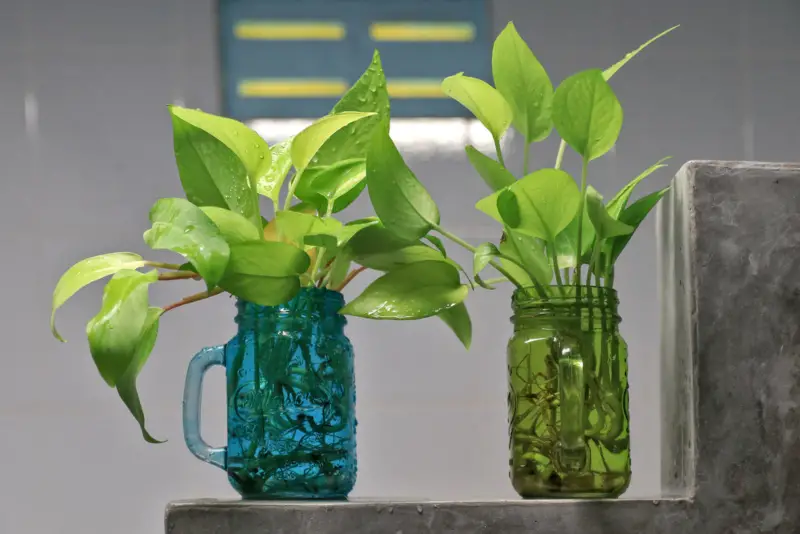
Pothos is a tropical plant that people often put in hanging baskets since it overflows with attractive long vines. It has glossy leaves in the form of a heart with green and yellow streaks. Holes form in pothos’ midribs as their leaves mature.
You should keep your pothos plant out of strong sunlight since it can burn its leaves. It needs infrequent watering, about once every two weeks. Fertilizer usually isn’t necessary since pothos can grow well in nutrient-deficient soil. It grows in USDA zones of 9b – 11.
See instructions on How to propagate Pothos in water.
Basil (Ocimum basilicum)
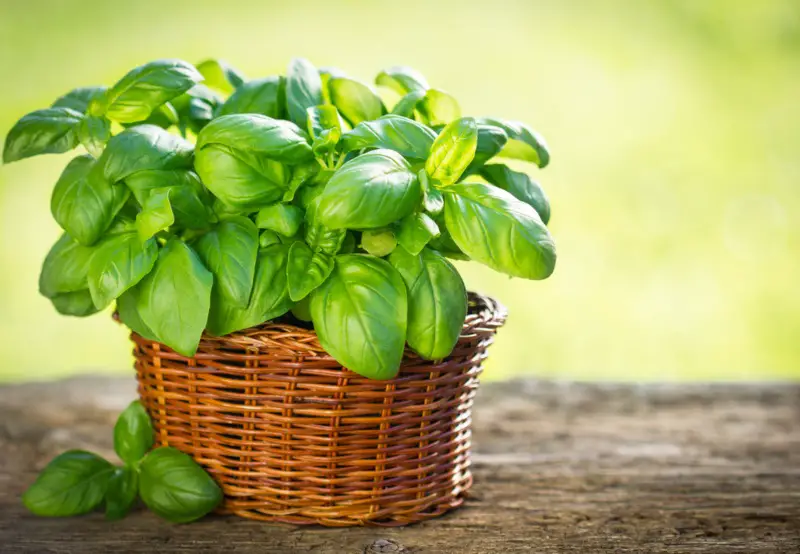
Basil is an herb that can grow up to five feet high. It has fragrant, ovate-shaped leaves. However, the size and color vary depending on the species of basil. Basil leaves grow off a thick taproot, and they have tiny white or purple flowers during the summer.
Hot, dry environments are ideal for basil. In hot conditions, they grow as a perennial. You should plant your basil propagates outside after the last frost. They need well-draining soil and direct sunlight. Basil grows as a perennial in USDA zones of 10 – 11 and as an annual elsewhere.
Angel’s Trumpet (Brugmansia candida)
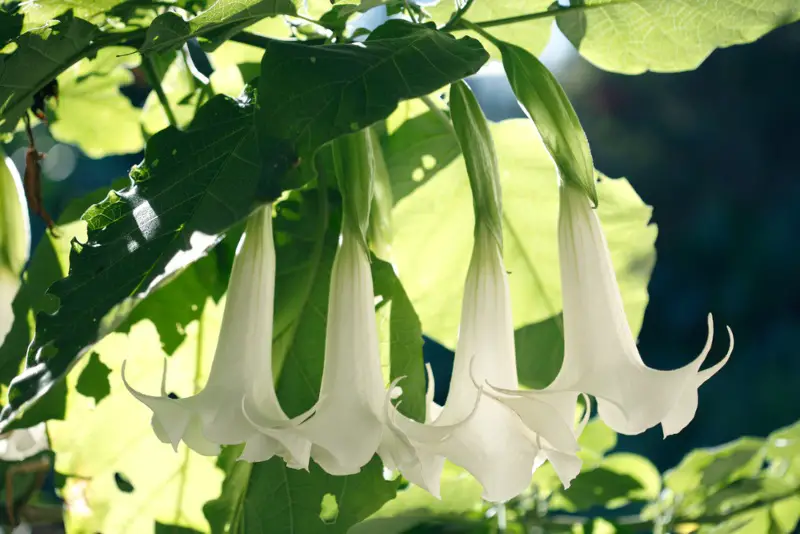
Angel’s trumpet is an evergreen tree that grows up to 26 feet. Several varieties exist, but the leaves are either with or without teeth, and they alternate along the tree’s stem. Huge flowers that flare out like a trumpet drape down from the tree from late summer to fall.
It’s best to keep angel’s trumpets in pots, as they don’t handle frost well. They need daily watering and nutrient-rich soil. You should add fertilizer on occasion. Angel’s trumpet grows in USDA zones of 8 – 11.
String of Hearts (Ceropegia woodii)
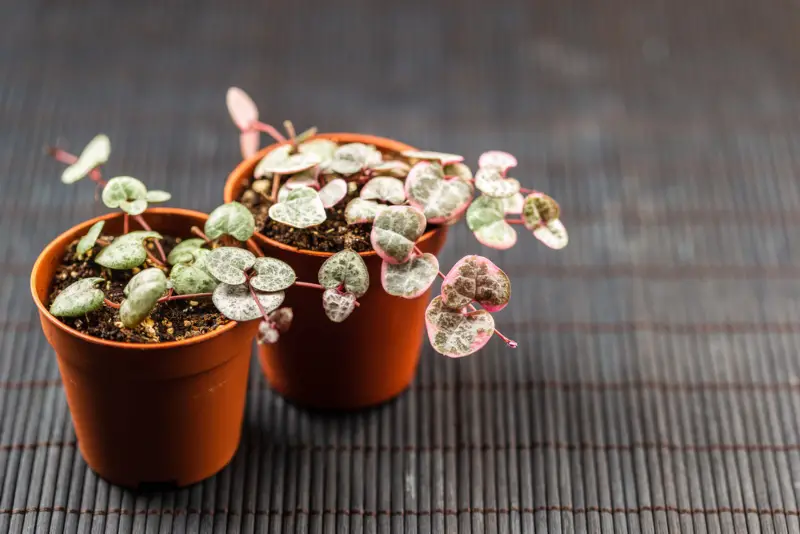
The beautiful string of hearts gets its name from its heart-shaped purple leaves. The leaves trail down from its lighter purple steam. In the summer, five-fused petal flowers emerge. The flowers have hair, trapping insects that pick up their pollen to diffuse it.
String of hearts like bright but indirect sunlight so that their leaves don’t burn. They need weekly watering during the spring and summer and water every two weeks in the winter. You should also give them plenty of space to spread. String of hearts grow in USDA zones of 9 – 12.
Rosemary (Salvia rosmarinus)
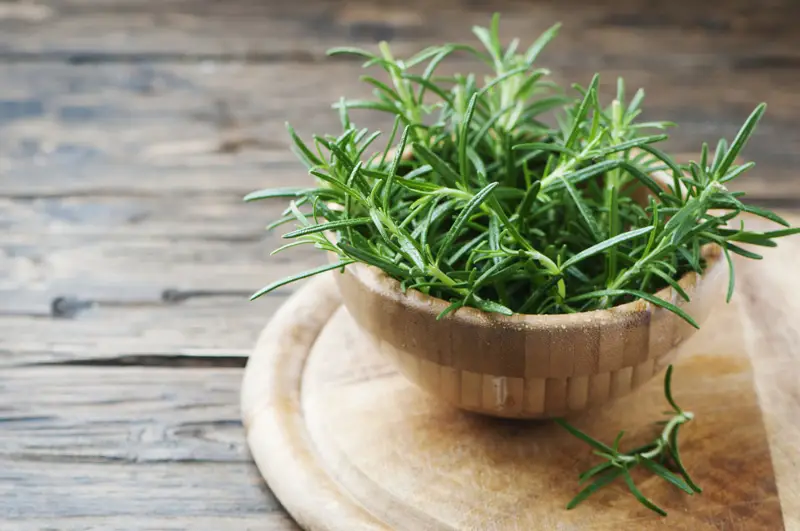
Rosemary is a shrub with pine needle-like leaves. It produces a range of flower colors in the spring and summer, from white to purplish-blue. However, it sometimes flowers in the winter. If you don’t prune this shrub, it’ll grow over four feet high.
You should plant rosemary in a warm, humid environment. Spraying its leaves helps if you don’t live in a humid climate. It requires full sun, well-draining soil, minimal watering, and well-draining soil. Rosemary grows in USDA zones of 6 – 10.
Begonia (Semperflorens cultorum)
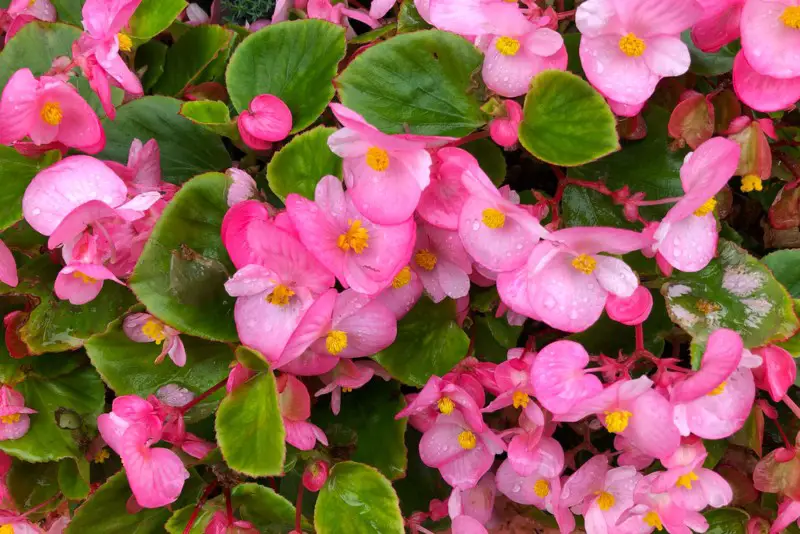
The bushy begonia plant has waxy stems and leaves. Whether you propagate the dwarf or standard variety, it can grow from 6 – 12 inches. It comes in several flower colors, including white, red, and bi-color. You can expect it to have flowers from May – October.
Begonias require well-draining soils in either full sun or partial shade. They like moist, fertile soil, so it’s a good idea to fertilize them. They also have exceptional tolerance for heat and humidity. Begonia grows in USDA zones of 6 – 9.
Conclusion
Propagating plants in water is a rewarding and bountiful way to expand your garden. Although the propagation techniques are similar for all of the plants we covered here, their ideal conditions vary. Therefore, do your due diligence to ensure you’re providing your plants with the best environment for growth.

